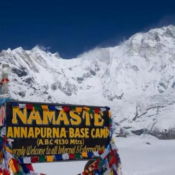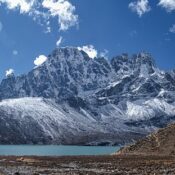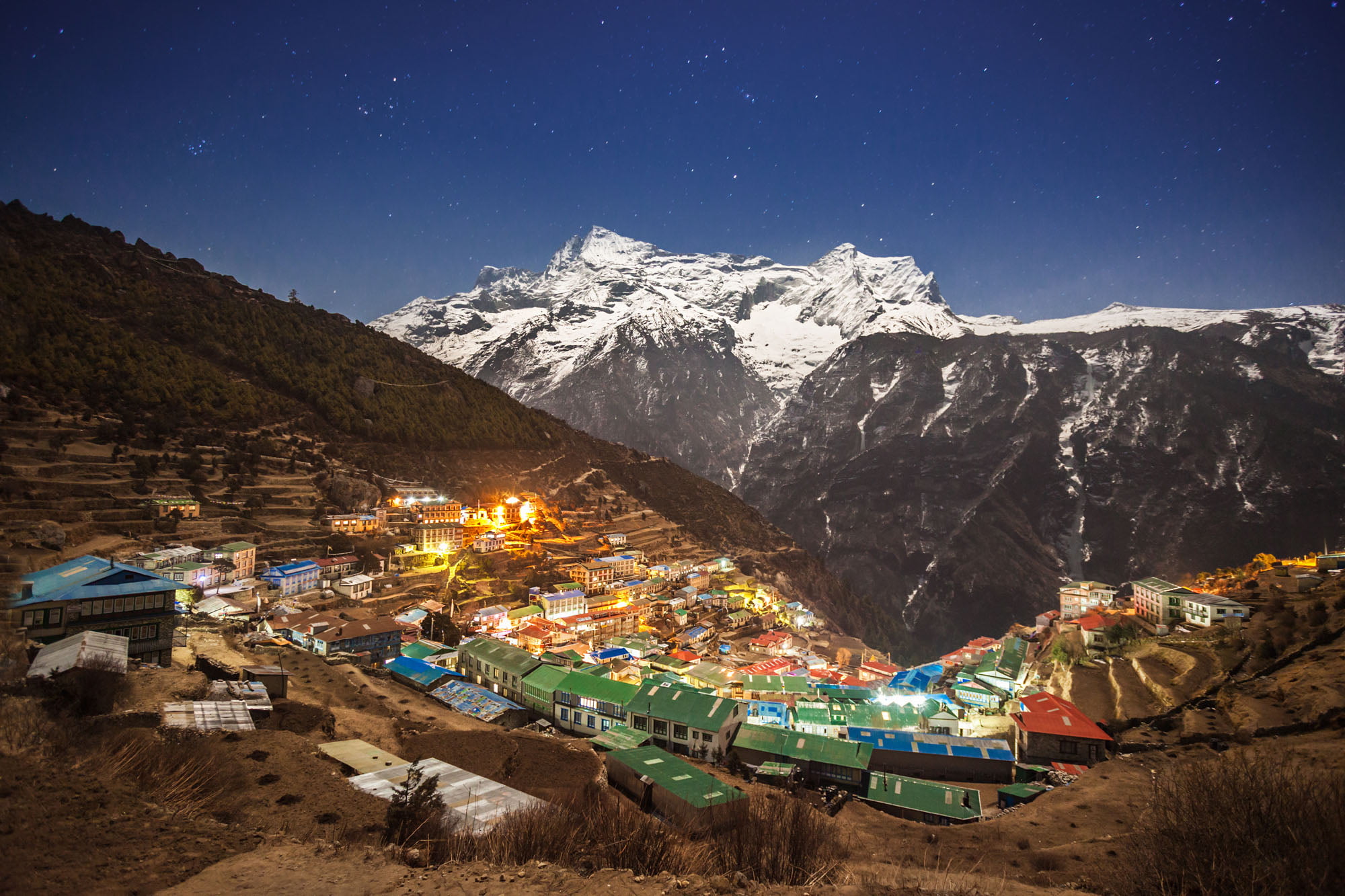Nepal Waives Climbing Fees for 97 Remote Peaks to Boost Tourism Beyond Everest
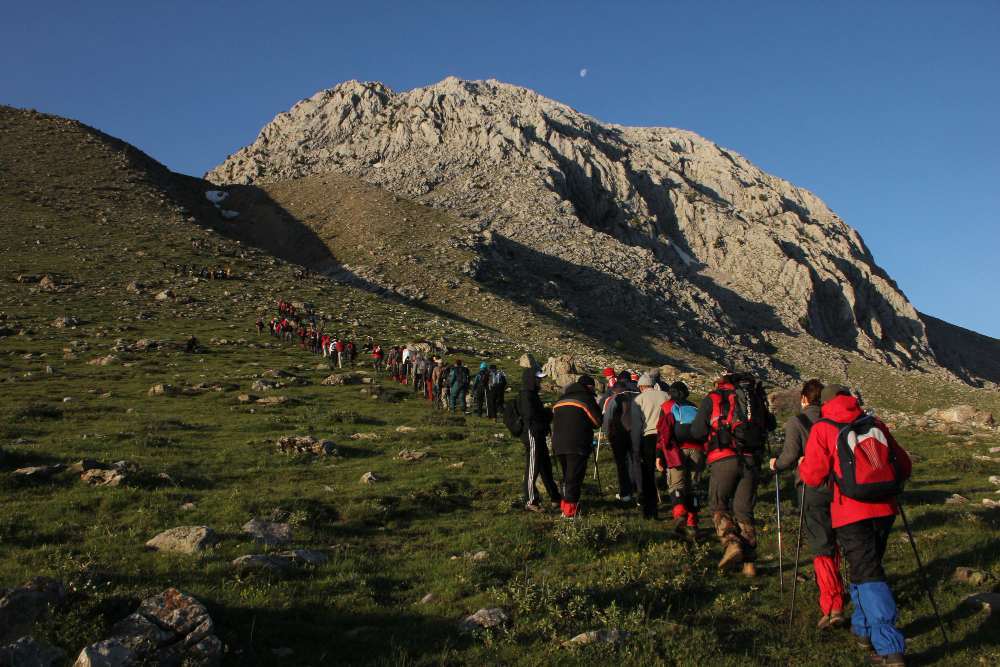
Effective from June 17, 2025, Nepal has announced an initiative to open 97 of its remote Himalayan peaks for free climbing. This decision is effective immediately and is effective for the next two years. The move waives all climbing permit fees for mountains in Karnali Province (77 peaks) and Sudurpaschim Province (20 peaks). Many of these mountains, such as Saipal (7,030 m), Api (7,132 m), and Api West (7,076 m), are rarely climbed, with some still considered "virgin peaks" in mountaineering circles.
Along with this decision, the Nepal government has also raised climbing fees for popular peaks, more specifically Mount Everest. The cost for this permit is said to jump from $111,000 to $15,000 per climber starting from September 1, 2025. At the same time, with the exception of the 97 peaks, fees from smaller yet popular peaks are said to rise from $250 to $350 for specific mid-range peaks. By offering free access to lesser-known summits while increasing costs for the world's tallest mountain, officials hope to redistribute climber traffic, alleviate environmental pressure on Everest, and bring economic opportunities to communities in far-flung areas.
Why Karnali and Sudurpaschim Regions?
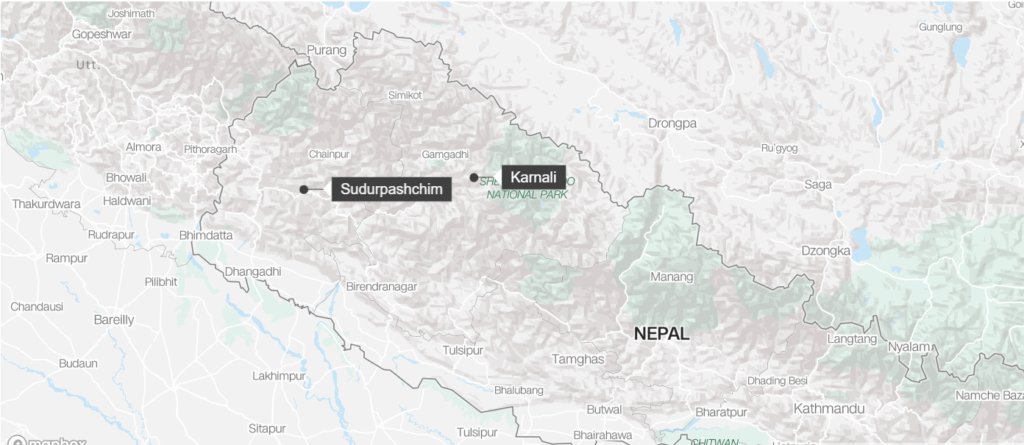
Although raising the fees for Everest is generally understood, a lesser understood aspect of this decision is the target of the fee waiver. As mentioned prior, this decision waives all climbing permits for 77 peaks in the Karnali province and 20 peaks in the Sudurpaschim region. The question is, why target this region? A large part of this decision has to do with the exposure of this region. Despite these regions having rich infrastructure, it has poor infrastructure and tourism activity. Because of this, until now, these two regions have been bypassed by most trekking and climbing itineraries, mostly because of the cost of permits, logistical challenges, and a lack of promotion.
Between the years of 2023 and 2025, only 68 climbers attempted any of the peaks in Karnali and Sudurpashim, which is in contrast to Everest and other well-known mountain regions where thousands of climbers flock. In 2024 alone, Nepal earned around $5.9 million in climbing revenue with Everest alone.
By removing the fees, the government of Nepal is aiming to let the unseen be seen and transform them into new adventure frontiers.
A New Pathway for Everest Hopefuls
The waiver aligns with a proposed new requirement for Everest climbers: to summit at least one 7,000 m peak in Nepal before attempting the 8,849 m giant. This change, aimed at improving safety and ensuring climbers are adequately prepared, could make the newly free 7,000ers in Karnali and Sudurpaschim highly attractive training grounds.
"This is a win-win," noted tourism analyst Mingma Sherpa. "Climbers can gain valuable high-altitude experience without paying hefty permit fees, and remote areas will see the benefits of tourism."
Challenges
Although the fee waiver is being seen as a visionary step, industry experts have warned that the decision is not a practical one without proper infrastructure investment. Many of these peaks are in regions with poor road access, minimal lodging, and only a few trained guides. Tour operators emphasize the importance of marketing initiatives, enhanced transportation connections, and community-focused tourism projects.
At the same time, environments also urge caution. Overcrowding, waste management issues, and safety concerns have long affected Everest, which has led to the Supreme Court of Nepal recommending stricter permit controls in 2024. Environmentalists have warned that spreading activity to new peaks could control these issues, but only if sustainable practices are considered. If the sustainable practices are not considered and implemented, the issues can spread instead of being mitigated.
Opportunities
The decision to waive fees for 97 peaks and increase them for major peaks is going to create a wave without a doubt. While some may like it, others may not, as there are considerable challenges. That said, there are also opportunities alongside the said challenges. A few of the principal opportunities arising from this latest shift by Nepal Tourism Board are:
For Mountaineers: Unclimbed peaks to conquer, lower costs of expeditions, and new challenges away from the tourist trail.
- Benefiting Local Communities: Employment generation, homestay income, and local development.
- For Nepal's Tourism Industry: A chance to branch out of products from the Everest and the Annapurna area.
- For Ecological Activists: An opportunity to promote environmentally friendly tourist trends to unspoiled areas.
Final Thoughts
The recent decision about the 97-peak waiver is more than just a tourism policy. Rather, it is a rebranding of the Himalayan experience. With this bold move, the government of Nepal is declaring that Nepal is more than just Everest and has an exploration potential that is much greater.
Although there are some challenges, if this decision is paired with strategic promotion, infrastructure improvements, and strict environmental safeguards, the next two years can mark the beginning of a new era in the mountaineering story of Nepal.
Now, while this is one of the major updates in the travel updates of 2025, it is not the only one. If you seek further information on travels, do check out some of our other blogs. And if you want other such major updates, do visit us at Adventure Glacier - the best tour and trek operator in Nepal.


